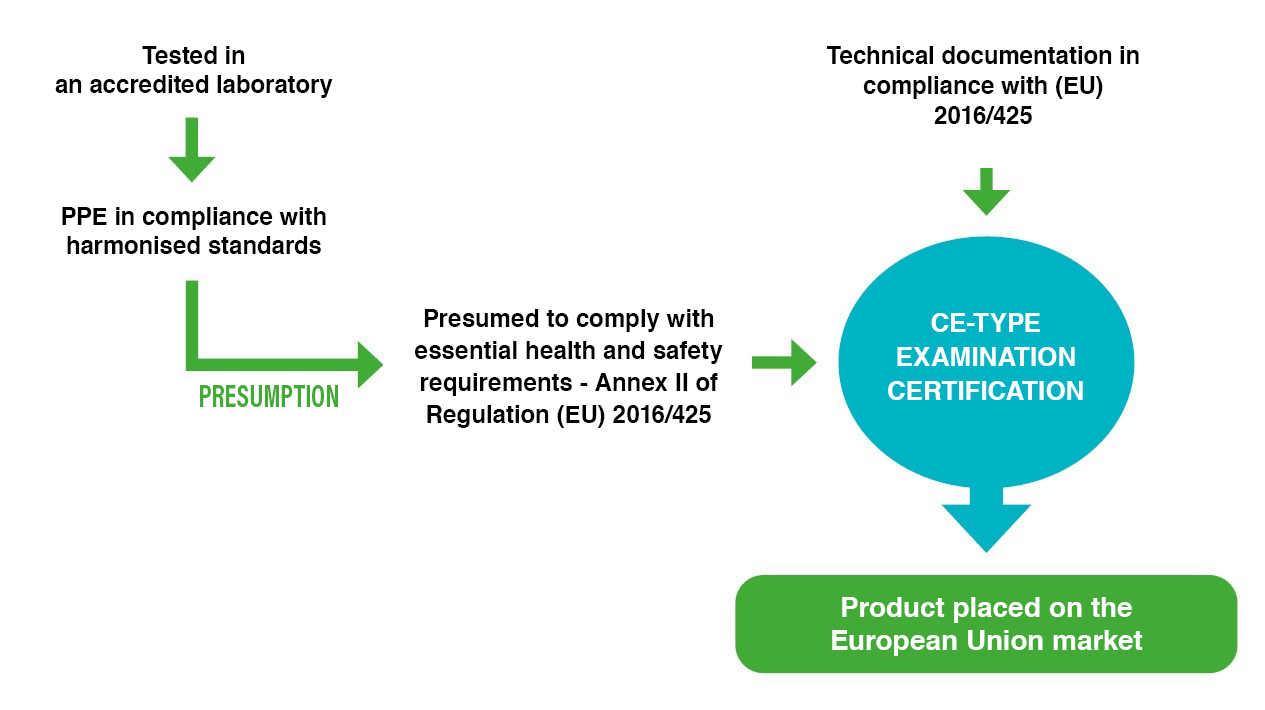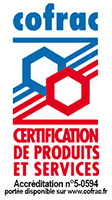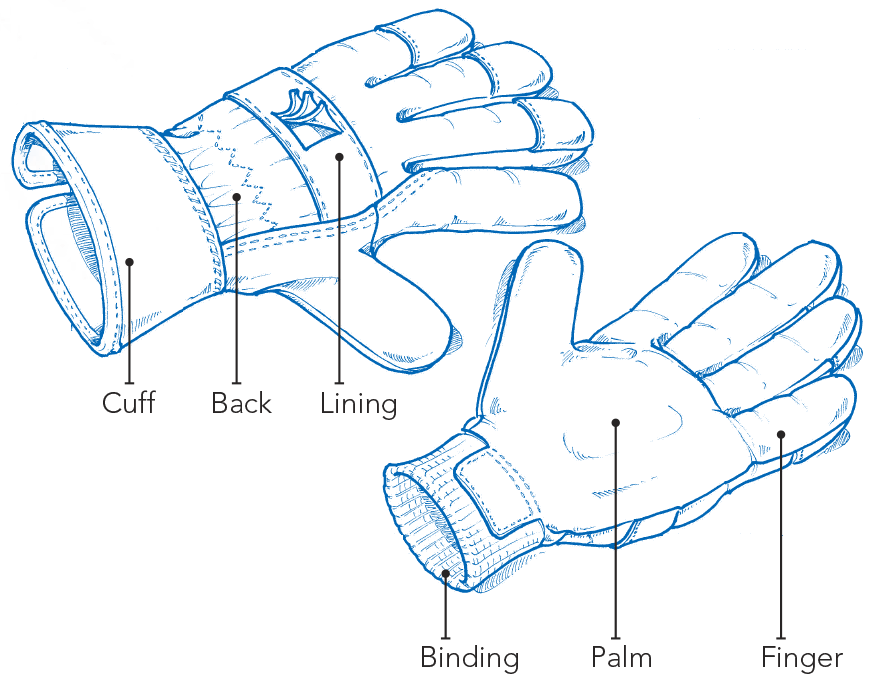- ABOUT CTC
- EXPERTISE AND SERVICES
- Raw hide - Tannery
- Footwear
- Leather goods - Glove-making
- PPE
- Environment
- CSR
- Training
- BLOG AND NEWS
- CTC VIDEOS
- LEAFLETS AND PUBLICATIONS
- CUSTOMERS EXTRANET
EN
CE marking may seem complex to understand. Our experts are there to provide you with clear explanations and practical advice to help you gain a better understanding of personal protective equipment (PPE) regulations and usage, in particular for PPE gloves.
The obligations are set out in the “PPE users” directive, namely Directive 89/656/EEC of 1989-11-30 and related legislation (2009/104/EC and 2019/1832).
Employers are required to put in place comprehensive measures to protect their employees. PPE provides protection against residual risks. The employer must ensure that the PPE is appropriate to the risks, in collaboration with the company’s various internal committees.
PPE that offers the appropriate level of protection must be made available to employees free of charge. It must include:

The products that PPE glove manufacturers place on the market must comply with the essential requirements of European Regulation (EU) 2016/425.
To this end, the manufacturers must abide by the following procedure:
| Certification rules | Category I | Category II | Category III |
| Minor risks | Other risks | Fatal or irreversible risks | |
| Procedures | Module A | Module B and Module C | Module B, Module C and Module C2 or D |
| Examples | Gardening glove against surface abrasion | Mechanical risks glove | Chemical risks glove |
| Manufacturer's obligations | |||
| Technical file Instructions for use Technical file |
Technical file Instructions for use Technical file |
Technical file Instructions for use Technical file |
|
| N/A | CE examination by a NB | CE examination by a NB | |
| Monitoring of conformity of production by the manufacturer | Monitoring of conformity of production by the manufacturer | Monitoring of conformity of production by the manufacturer Annual production control by NB |
|
| Declaration of conformity CE marking |
Declaration of conformity CE marking |
Declaration of conformity CE marking |
| EN ISO 21420 | Protective gloves - General requirements |
| EN 388 | Protective gloves against mechanical risks |
| EN 407 | Protective gloves against thermal risks (heat and/or fire) |
| EN 421 | Protective gloves against ionising radiation and radioactive contamination |
| EN 511 | Protective gloves against cold |
| EN 659 | Protective gloves for firefighters |
| EN 1082-1 | Gloves and arm guards against cuts and stabs by hand knives - Part 1: chain mail gloves and arm guards |
| EN 1082-2 | Gloves and arm guards protecting against cuts and stabs by hand knives - Part 2: gloves and arm guards made of materials other than chain mail |
| EN 1082-3 | Gloves and armguards protecting against cuts and stabs by hand knives - Part 3: impact cut test for fabric, leather and other materials |
| EN 12477 | Protective gloves for welders |
| EN 13594 | Protective gloves for motorcyclists |
| EN 14328 | Gloves and arm guards against cuts by electric knives - Requirements and test methods |
| EN 16027 | Protective gloves for association football goalkeepers |
| EN 16350 | Protective gloves - Electrostatic properties |
| EN ISO 374-1 | Protective gloves against hazardous chemicals and micro-organisms - Part 1: Terminology and performance requirements for chemical hazards |
| EN ISO 374-5 | Protective gloves against hazardous chemicals and micro-organisms - Part 5: Terminology and performance requirements for risks related to micro-organisms and viruses |
| EN ISO 10819 | Hand-arm vibration - Measurement and evaluation of the vibration transmission factor of gloves to the palm of the hand |
| EN ISO 11393-4 | Protective clothing for users of hand-held chainsaws - Part 4: Test methods and performance requirements for protective gloves |
| ISO 18889 | Protective gloves for pesticide applicators and re-entry workers |
| ANSI/ISEA 105 | Classification for hand and arm protection (standard for the US market) |
In 1992, CTC became one of the very first PPE notified bodies (NB), assigned number 0075. Since this date, we have issued more than 45,000 EU type-examination certificates for safety footwear, protective gloves and protective clothing.
Our competencies are assessed and guaranteed by our ISO 17025 (Testing) and ISO 17065 (Certification) accreditations.
The professionalism and validity of our physical and technical tests help our clients make the safest PPE gloves.
CTC has extensive and long-standing experience in the safety testing of materials and products. The European REACh legislation is the strictest in the world. CTC will help you determine which relevant critical substances to test for. Incorporating safety requirements helps to ensure that the products comply with Annex XVII of the REACh Regulation.
CTC participates actively in PPE standardisation as well as in the coordination of notified bodies (NB).
[ST1]Dans le texte français vous parlez de chaussures ici alors que vous voulez dire gants, en tout cas j’ai corrigé dans la version anglaise
  |
CTC Shanghai and CTC Dongguan CTC Shanghai: CNAS L4577 |
|
CTC Asia, |
 |
All CE-marked gloves guarantee a high level of protection, comfort and durability based on the following marking standards:
The gloves must conform to the requirements of the European regulation. Conformity is established by the implementation of harmonised European standards applicable in all European Union countries.
| MECHANICAL RISKS EN 388 - WXYZα (P) |
COLD RISKS EN 511 - XYZ |
CHEMICAL HAZARDS EN ISO 374-1 |
 |
 |
 |
| IMPACT CUT EN 1082 |
RISKS RELATED TO MICRO-ORGANISMS AND VIRUSES EN ISO 374-5 |
THERMAL RISKS EN 407 - EN 12477 |
 |
 |
 or or  |
| RADIOACTIVE CONTAMINATION EN 421 |
HEAT AND FIRE HAZARDS FOR FIREFIGHTERS EN 659 |
HAND-HELD CHAIN SAWS EN ISO 11393-4 |
 |
 |
 |
| MOTORCYCLISTS EN 13594 |
RISKS ASSOCIATED WITH PESTICIDES ISO 18889 |
INFORMATION |
 |
 |
 |

Our experts are on hand to answer your questions about PPE glove marking